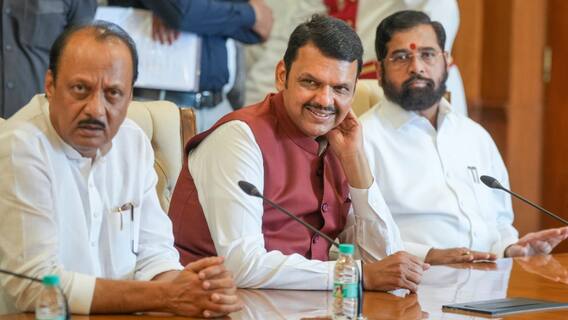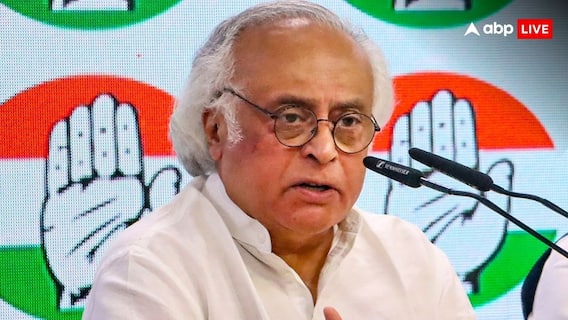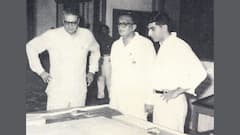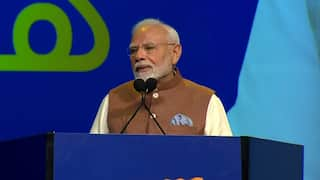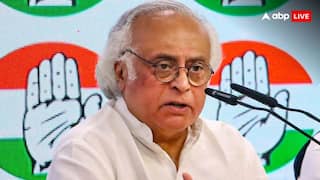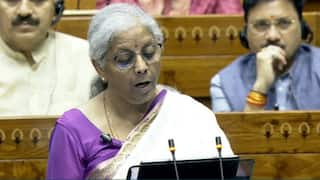Air India History: Tata to Tata — Full Circle From 1932 To 2021
The first scheduled service of Air India, then Tata Airlines, was inaugurated by JRD Tata in 1932

New Delhi: Air India, India’s national carrier that is now going back into private hands, has been one of the most extensive flight service providers in India. Flying since 1932, the airline headquartered in Mumbai serves southern and east Asia, the Middle East, Europe, Africa, the United States, and Canada.
Air India, founded by the Tata Group, was known as Tata Airlines when it came into being in 1932. It has since seen change of names several times as the private company was nationalised in 1953.
Here is a brief history of India’s national airline.
1932: The first scheduled service was inaugurated by JRD Tata. The carrier then operated between Karachi, Ahmedabad, Mumbai, Bellary and Chennai, flying mail and passengers. The first plane used by the company was Havilland Puss Moth. It had a cruising speed of 100 mph and a range of 714 miles. Its wings span was 36 feet and 9 inches as compared the Boeing 747's 195 feet and 8 inches.
1933-34: The Puss Moth was developed into de Havilland Leopard Moth DH-85.
1935: Tata Airlines introduced de Havilland Fox Moth DH-83, a 4-seater biplane, to its fleet
1937: As the airline began Bombay-Indore-Bhopal-Gwalior-Delhi service, the Waco YQC-6 was introduced. It was again JRD Tata who flew the inaugural flight, on November 6, 1937.
1938: Tata Airlines got the Dragon Rapide DH-89 to join its fleet. This was the first first aeroplane to be fitted with a radio.
1939: Tata Airlines routes were extended to Thiruvananthapuram, Delhi, Colombo, Lahore, and some intermediate points.
1946: Tata Airlines was converted into a public company after World War II and renamed Air-India Limited.
1948: International services started between Bombay (Mumbai) and Cairo, Geneva, and London, and Air-India International Limited was formed.
1953: India nationalised all Indian airlines and created two corporations — one for domestic services and the other for international. The entity serving domestic routes was called the Indian Airlines Corporation, which merged Air-India Limited with six lesser lines. The international service provider was called Air-India International Corporation.
1962: Air-India International Corporation was abbreviated to Air-India.
2001: The NDA government, led by Atal Bihari Vajpayee, made the first ever attempt to conduct a strategic sale of the airline. 40% of Air-India’s equity was put on the block.
2005: Air-India removed the hyphen from its name and became Air India. The move aimed to gain a competitive advantage in computerised reservation searches as ticket bookings increasingly started to go digital.
2007: Air India merged with its domestic unit Indian Airlines.
2018: The government one again tried to sell the national carrier, which had by then accumulated debt exceeding Rs 50,000 crore and other liabilities. However, this time, the government decided to hold on to 24% of the equity in the airline. It did not receive a single bid.
2020: Air India was back on the strategic sale table in January 2020. This time, the government said it would offload 100% of its stake in the company. In October, it announced a deadline of December 14. At least two bids were received — one from Tata Sons and the other from a consortium of a section of Air India employees and Interups Inc, a US-based financial investment firm. SpiceJet promoter Ajay Singh was also in the race.
2021: In April, the Centre asked the qualified interested bidders, Tata Sons and SpiceJet, to submit final bids. Tata Sons clinched the deal as a panel of ministers accepted a proposal from officials who recommended the group’s bid over Ajay Singh’s.
*Source: Britannica.com, Airindia.in
Trending News
Top Headlines






